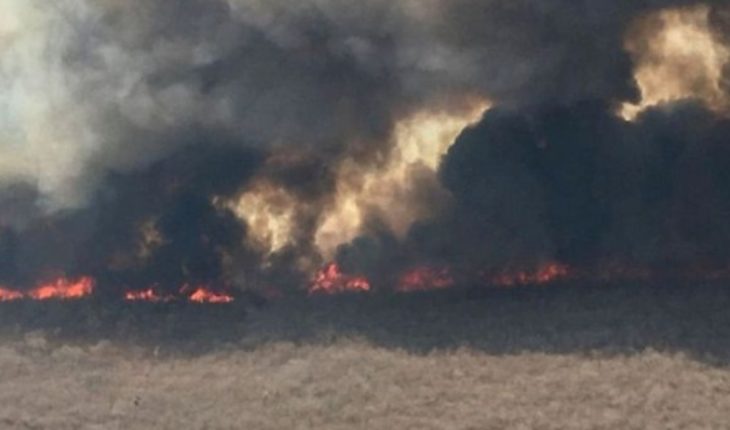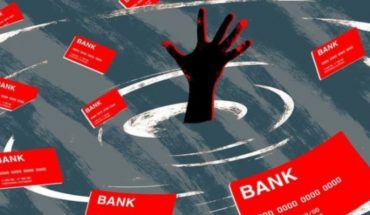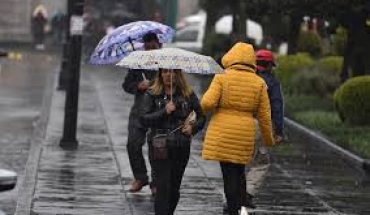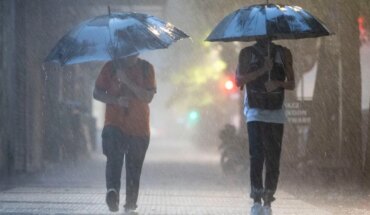During August there was no talk of anything else: the Amazon rainforest was being razed by fires, in some cases caused to use the soil for livestock and soybean planting.
Because of this, Jair Bolsonaro, Brazil’s president – where most of the Amazon is concentrated – was under heavy international pressure to control these fires and avert an environmental catastrophe.
Images of thousands of hectares of tropical forest shrouded in flames were mixed with the impressive figures launched by international bodies: in August this year there were 30,901 forest fires in the Amazon, almost three times as many as scored in the same period in 2018.
However, Bolsonaro insisted that this was a campaign of lies by the local and international press, as he said during his address to the United Nations On Tuesday.
“The Amazon is not being devastated, nor is it being consumed by fire,” Bolsonaro declared.
But it’s not just Brazil: a similar picture of raging fires was recorded in Bolivia and Paraguay, where there is also a large part of the Amazon.
For most of the past month, several local agencies asked Bolivian President Evo Morales to declare the national emergency due to the burning of more than 1.7 million hectares, especially in the Santa Cruz de la Sierra area.
But the representative has refused to do so, on the understanding that a similar decree had already been issued earlier this year.
In Paraguay, especially in the north of the country, at least 600 fire bells were counted, leading the government of President Mario Abdo Martínez to declare the national emergency on 9 September.
But did these fires be controlled, what happened to the help offered by several countries to prevent an ecological tragedy?
The short answer: the fires go on.
The long answer is more complex.
Brazil
Many blamed Bolsonaro for the dramatic increase in fires, because of his critical discourse on climate change and his political will to prioritize economic growth over environmental care.
Despite his position alleging sovereignty issues – and after several weeks of international pressure, which included a tug-of-war with French President Emmanuel Macron, and the rejection of a $20 million donation by the G7 – , Bolsonaro decided to take action.
One was to send army personnel to the area, which has so far performed 571 ground procedures and 250 air operations to control fires.
According to the National Institute for Space Research (INPE), a decline in fires has been recorded in September.
As of Tuesday, 17,095 fire pockets had been counted, a number below the annual average during this month, which is 33,426.
Brazilian authorities also announced that about 63 people were arrested and fines of nearly US$8.7 million were issued.
Bolsonaro, which spoke to the United Nations Assembly on Tuesday, also announced that the army will continue to deploy to critical areas until October 24.
However, non-governmental organizations such as Greenpeace have expressed concern that fires continue to ravage native forest.
“The fires in the Amazon continue and there are companies around the world that continue to buy meat that is produced in the fields ravaged by the flames,” the organization explained on its Twitter account.
Bolivia
Perhaps the country that has suffered the most from forest fires has been Bolivia.
This year the flames have spread over 4.1 million hectares (data until 15 September), almost double what was recorded three years ago.
And the forests continue to burn.
Added to this was a peak in the Chiquitanía region, in the center of the country, where until the end of the previous week 49 fire pockets remained in 14 municipalities.
According to the environmental group Fundación Amigos de la Nature, the forest fires, which extend especially in the area of Santa Cruz de la Sierra -center of the country-, have already exceeded the 3.8 million hectares destroyed in 2010.
“If we continue to destroy the Amazon rainforest, we will soon reach the tipping point where the forest loses its ability to recycle moisture and precipitation,” Reuters Lykke Andersen, head of the Sustainable Development Solutions Network of Bolivia.
Many analysts have criticized President Evo Morales’ position not to decree the emergency situation in the area, called a “national disaster,” which would allow for greater diligence to deal with the fires.
Morales, who spoke at the Environment Summit in New York as a side event to the UN General Assembly, said that “we are winning the battle of fire thanks to the government’s quick and effective response.”
However, that is not the opposition’s appreciation, which accuses Morales of not wanting to declare the emergency situation because it could obstruct his aspirations to be re-elected on October 20.
“The statements of Evo Morales are an inadmissible offense to the most serious tragedy that today hurts the Chiquitania. It is too much cynoism to say that he acted on time, when the forest continues to burn,” said Carlos Mesa, candidate of the Citizen Community.
Paraguay
After the 9 September emergency declaration, most relief agencies are dedicated to appeasing active fires and carrying out a kind of damage inventory.
On 16 September, President Abdo Benitez had to cancel a trip to Rome, Italy, because the fires in the Cerro Chovoreca area had been rekindled by the wind.
So far the flames have destroyed more than 241,000 hectares of vegetation in the north of the country, both in the Pantanal, and in Cerro Chovoreca, next to the border with Bolivia.





